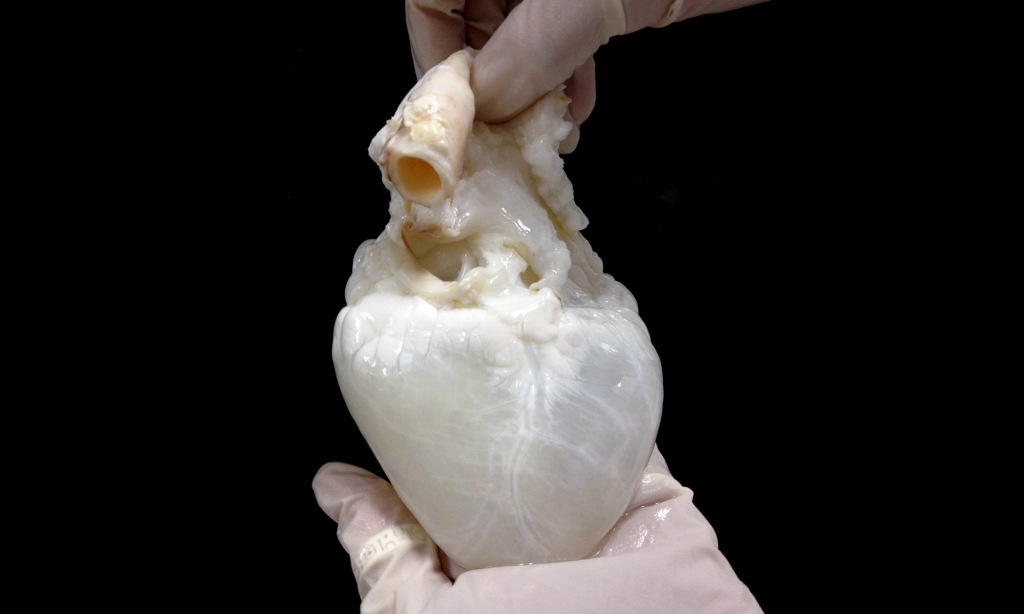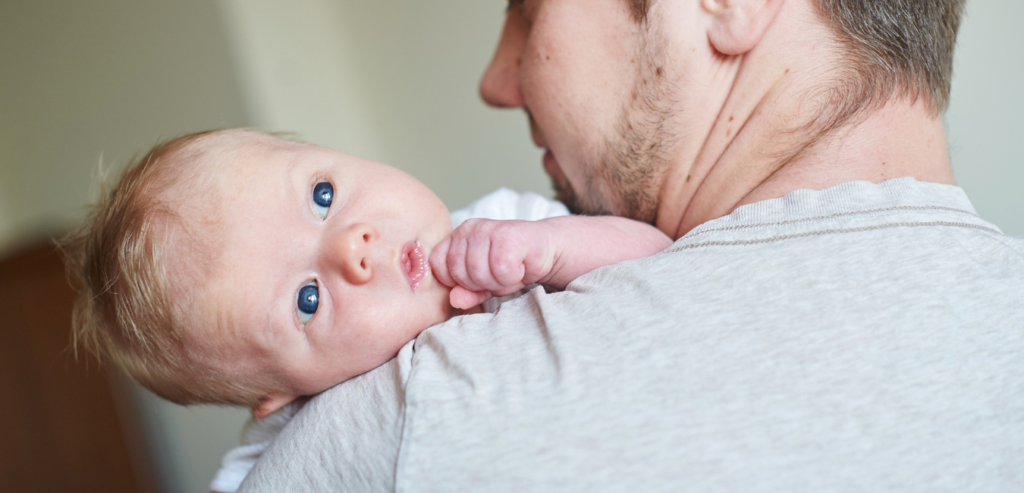Monsters, mothers and their children
Fetal microchimerism
How your unborn baby can help you when you grow old and weak.
The subtitle does not just imply that your children, if everything goes as hoped for, will take care of you when you grow old and weak. A child in the mother’s womb creates a much deeper biological bond in a way that can lead to unexpected positive consequences.
Monster mom
Lydia Fairchild (1) divorced her two children’s father while she was expecting their third child. When she later sued the father for child support, it was routine to leave a DNA sample to ensure that he was the father. However, although the results confirmed that he was indeed the father, it stated that Lydia was not the mother. She was charged with fraud and when it was finally time for her third birth, the judge made sure that she was monitored, and that blood was drawn directly from the child and compared with hers. Stunningly, the result said she was not even the mother of the child she had just delivered!
It turned out that Lydia was a so-called chimera, with genes both from “herself” and her “twin” from the womb, even though they are both her. Most likely, during fertilization, two eggs were fertilized by two different sperms but soon joined together into an individual so-called “trophoblast”, which is the ball of cells that later became Lydia.
The name chimera is not so flattering as it derives from one of all the monsters of Greek mythology; with a lion as a front, a serpent as a tail and a goat’s head on its back. It was one of the horrific monsters born of Typhon and his sister-in-law Echidna. In biology, this absurd mixture of different animals has lent its name for situations where an individual organism contains cells with different DNA originating from another individual.
Fetal micro chimerism; Most mothers carry cells from their children
But there is consolation in the less flattering name of the state, or at least comfort in the great masses; Lydia is not alone. It turns out that around 50-75% of all women who have given birth show clear signs of chimerism (2), but that the cells in the body that contain foreign DNA stems from their children. During pregnancy, some of the immune cells pass from the mother to the fetus, which strengthens the baby’s immune system. But the baby’s immune cells also pass to the mother, which causes the mother to express what we call fetal micro chimerism.
This condition can have a major effect on the mother. The immune system is strongly affected during pregnancy, not least so that the fetus is not rejected, like a transplanted organ. It is not uncommon for pregnant women with autoimmune diseases, such as rheumatoid arthritis, to improve significantly during pregnancy. This may be explained by how the childs fetal cells pass to the mother and balance her immune system to ameliorate symptoms the disease. In addition, fetal micro chimerism can help with the usual routine work of the immune system, such as wound healing (3) As an example, one can find the children’s cells in the scars after caesarean section where they appear to have become keratinocytes; skin cells that produce keratin and help in the healing process.
Amazingly, children’s cells can survive for decades. In a study in Canada from 2012, the researchers found that mothers with fetal microchimairism had a significantly lower risk of developing Alzheimer’s (4), suggesting that their children’s cells may be totally life-changing, surely a Mother’s Day gift like no other!
Refrences:




